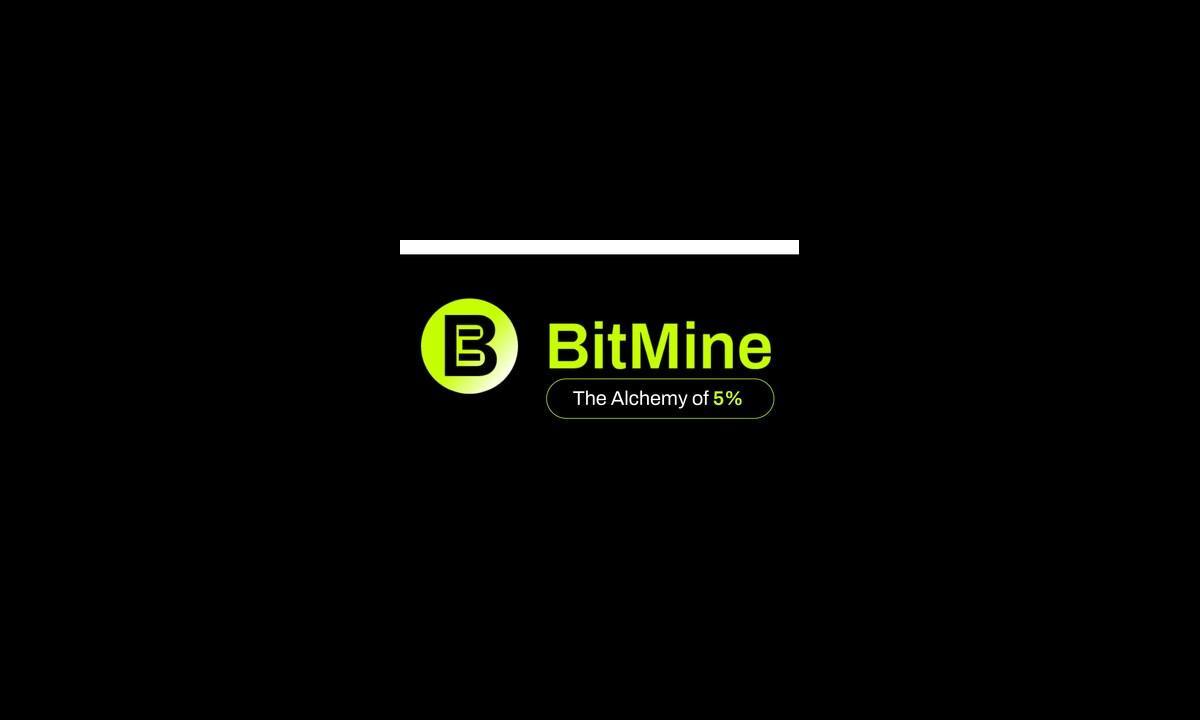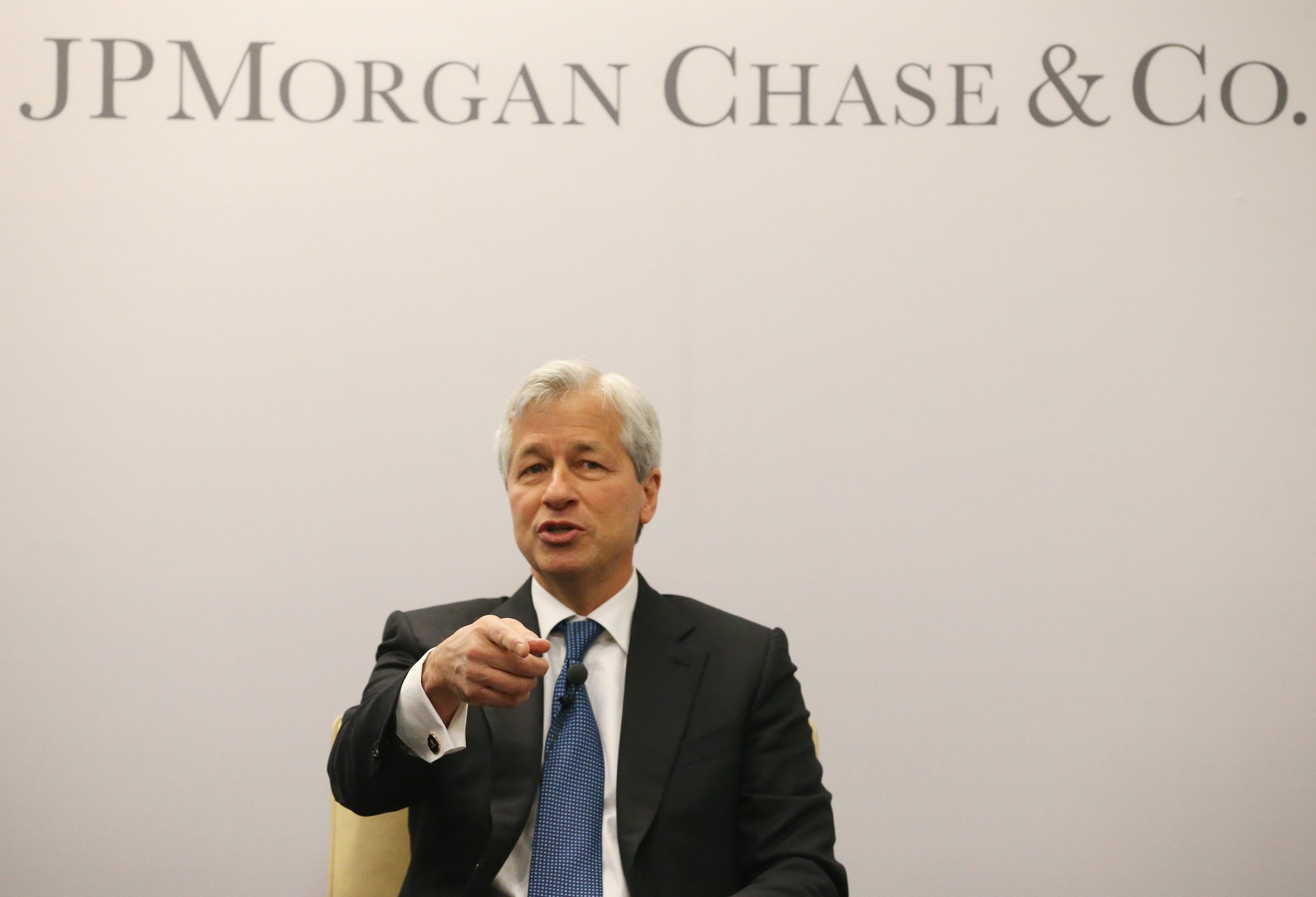Flying Tulip Releases Public Sale Guide for the $FT Token, as BitMine Capitalizes on Ethereum Weekend Dip


Flying Tulip, the full-stack onchain exchange founded by Andre Cronje creator of Yearn Finance and Sonic Labs, has just released its comprehensive Public Sale Guide for the $FT token.
This comes after their September 2025 announcement of a $200M private raise at a $1B fully diluted valuation (FDV), with plans to target up to $800M more via public sale—bringing total funding to $1B.
The guide outlines a fair, multi-round, multi-chain process with uniform terms across all participants, including principal protection via an onchain redemption right a perpetual put option allowing token burns for original investment recovery.
Register for Tekedia Mini-MBA edition 18 (Sep 15 – Dec 6, 2025): registration continues.
Tekedia AI in Business Masterclass opens registrations.
Join Tekedia Capital Syndicate and co-invest in great global startups.
Register for Tekedia AI Lab: From Technical Design to Deployment.
No KYC is required for most rounds, and there’s no team token allocation at launch to align incentives.The sale emphasizes risk management through network caps and a “waterfall” allocation system, ensuring no single chain dominates liquidity risks.
All official smart contract addresses and mechanics will be published solely on flyingtulip.com to prevent scams—beware of fakes, as the project warns: “No token. Do not fall for scams.”
The public sale is divided into phased rounds for orderly access, starting soon exact dates TBA via official channels. All rounds offer the same terms: $0.10 per $FT 10 FT per $1 invested, 100% unlocked at TGE, and full principal redemption rights.

The sale deploys across 6 chains for broad accessibility, using native assets via ETH AVAX, SOL, USDC/USDT—no bridging needed. Total cap: ~$562M based on network TVL. If a chain underperforms, excess flows to high-liquidity fillers like ETH/USDC/SOL.Chain
Per-chain caps prevent overload. Waterfall: If Sonic hits $6M early, overflow goes to Avalanche, then Ethereum, etc. Funds go into low-risk DeFi yields 3-4% APY initially, scaling to 8-12% via $ftUSD stablecoin, funding ops, rewards, and $FT buybacks for deflationary pressure.
LFixed at 10B $FT max deflationary—burns on redemptions/sales reduce it over time. $FT powers the exchange spot, perps, lending, options, insurance in a unified cross-margin system. No inflation; revenue drives buybacks.
Burn $FT anytime to redeem up to your principal, $100 invested ? $100 back in original asset. Settled from a segregated reserve ~$1B backing. Not insured/guaranteed—limited by reserves and params. Enables arb (e.g., buy at $0.095, redeem at $0.10 for 5% gain if below floor).

Instant secondary market + NFT redemption at launch; no exchange listings initially—trade on Flying Tulip’s venue. No looping/leverage during sale; min $10 investment. For Supporter/Intent rounds, submit via Google Form add MetaMask address. Early Access via CoinList/Impossible 1% fee.
TGE expected in weeks; sale live on their onchain platform. This isn’t your typical ICO—it’s a protected entry into a $1B FDV DeFi powerhouse with CEX-like tools hybrid AMM/CLOB, oracle-free perps but DEX transparency.
Backed by CoinFund, Brevan Howard, and DWF, it’s built for sustainability: yield funds growth until fees flow, and the put option caps downside while keeping upside open. Critics note the high FDV, but the model minimizes dump risks 0% team unlock and creates built-in demand via buybacks.
Flying Tulip secured $200 million in a seed round via a Simple Agreement for Future Tokens (SAFT), achieving a $1 billion fully diluted valuation (FDV).
Investors included Brevan Howard Digital, CoinFund, DWF Labs, FalconX, Hypersphere Ventures, Lemniscap, Nascent, Republic Digital, Selini Capital, Sigil Fund, Susquehanna International Group (SIG), Tioga Capital, and Virtuals Protocol. No single lead investor was involved.
BitMine Immersion Technologies (BMNR) Capitalizes on Ethereum Weekend Dip
BitMine Immersion Technologies (NYSE American: BMNR), the publicly traded firm positioning itself as the “MicroStrategy of Ethereum,” scooped up approximately 128,718 ETH—valued at around $480 million at average purchase prices near $3,800 per ETH—over the October 11-12, 2025 weekend.
This aggressive accumulation came amid a broader crypto market crash triggered by liquidation cascades, with Ethereum dipping below $3,800 for the first time in weeks before rebounding over 8% to $4,150 by Sunday evening.
On-chain data from analytics firm Lookonchain revealed six new BMNR-linked wallets withdrawing the ETH from exchanges like FalconX and Kraken on October 12. This followed a volatile Friday where over $1 billion in crypto positions were liquidated, creating a classic “buy-the-dip” opportunity.
BMNR, led by Fundstrat’s Tom Lee, has been on an ETH accumulation binge throughout 2025, aiming to control up to 5% of Ethereum’s total supply currently around 120 million ETH. Prior to this buy, the firm held over 2.8 million ETH worth roughly $13 billion, making it the world’s largest corporate ETH treasury.
The weekend haul edges them closer to that 5% goal, now at about 2.5-2.6% based on recent on-chain estimates. ETH surged 5-8% post-purchase, with technical indicators (e.g., RSI rebounding from oversold levels) pointing to potential tests of $4,500 resistance.
BMNR stock traded up modestly in pre-market on October 13, hovering around $59, reflecting renewed institutional interest despite earlier short-seller pressure from firms like Kerrisdale Capital.
BMNR’s Broader ETH Treasury Strategy
BMNR’s model mirrors MicroStrategy’s Bitcoin playbook: Raise equity capital often at premiums, deploy it into ETH holdings, and leverage staking yields currently ~3-4% APY for compounding growth.
Values approximate based on ETH prices at time of purchase; staking rewards add ~$30-40M annually. This isn’t isolated—BMNR raised $365 million in September via a stock offering at a 14% premium and counts backers like ARK Invest, Pantera Capital, and Galaxy Digital.
However, risks loom: The firm’s core mining operations generate minimal revenue ~$5M TTM, and its valuation is ~90% tied to ETH price volatility. A prolonged bear market could trigger dilution or margin calls.
As a top-5 ETH whale, BMNR’s dip-buying counters retail panic, potentially stabilizing price floors. With ETH’s Dencun upgrade boosting scalability and ETF inflows hitting $10B YTD, analysts like Tom Lee see $5,000+ by year-end.
Traders are buzzing, with posts on X highlighting BMNR’s “shopping spree” as a green light for recovery. One analyst noted: “Every dip is buy for $BMNR.” BMNR’s $480M Ethereum buy during the weekend dip has several implications across market dynamics, investor sentiment, and Ethereum’s ecosystem.
BMNR’s purchase of 128,718 ETH ~$480M at ~$3,800 per ETH absorbed significant sell-side pressure during the dip, likely contributing to the 8% rebound to $4,150 by October 12, 2025. Large corporate buys signal strong demand, potentially setting a price floor.
Withdrawing ETH from exchanges like FalconX and Kraken reduces circulating supply on trading platforms, which could amplify upward price momentum if demand persists. This aligns with Ethereum’s reduced issuance post-Dencun upgrade.
BMNR’s heavy ETH exposure 90% of its valuation ties its stock performance to crypto market swings. A deeper bear market could strain its balance sheet, especially with thin mining revenue $5M TTM.
BMNR’s aggressive accumulation, now at ~2.96M ETH 2.5% of total supply, reinforces confidence in Ethereum’s long-term value, especially among institutional investors. Backers like ARK Invest and Pantera Capital amplify this narrative.
The stock (BMNR) may attract speculative investors betting on ETH’s upside, but its premium valuation ~$59 pre-market and reliance on equity raises carry dilution risks. BMNR’s “MicroStrategy of Ethereum” strategy validates ETH as a corporate treasury asset, potentially inspiring other firms.
This could boost Ethereum’s legitimacy alongside $10B YTD ETF inflows. BMNR’s ~2.96M ETH, if fully staked, could generate ~$40M annually at 3-4% APY, locking up supply and supporting network security. However, concentrated holdings raise centralization concerns for Ethereum’s decentralized ethos.
BMNR’s goal to hold 5% of ETH’s supply ~6M ETH could tighten available supply, especially if ETF and institutional demand grows. This might drive prices but risks whale dominance in governance or market manipulation debates.
BMNR’s dip-buying during a $1B liquidation cascade signals to other crypto whales that accumulation opportunities exist in volatility. This could stabilize other major assets like Bitcoin.
Large corporate ETH holdings may draw SEC attention, especially post-ETF approvals, as regulators monitor market concentration and manipulation risks. BMNR’s low cash flow from mining ~$5M TTM versus its $13.9B ETH treasury creates a lopsided balance sheet. A prolonged ETH price drop could force stock offerings or liquidations.
While bullish for ETH, BMNR’s strategy risks being seen as speculative if Ethereum underperforms or if staking yields decline post-upgrades. Approaching 5% of ETH’s supply could spark community pushback, as Ethereum prioritizes decentralization. Governance influence by a single entity may face criticism.
BMNR’s $480M ETH buy is a bold bet on Ethereum’s future, bolstering price stability and institutional confidence while highlighting risks tied to volatility and centralization. It could drive ETH toward $5,000 if bullish momentum holds, but BMNR’s financial health hinges on ETH’s performance.





